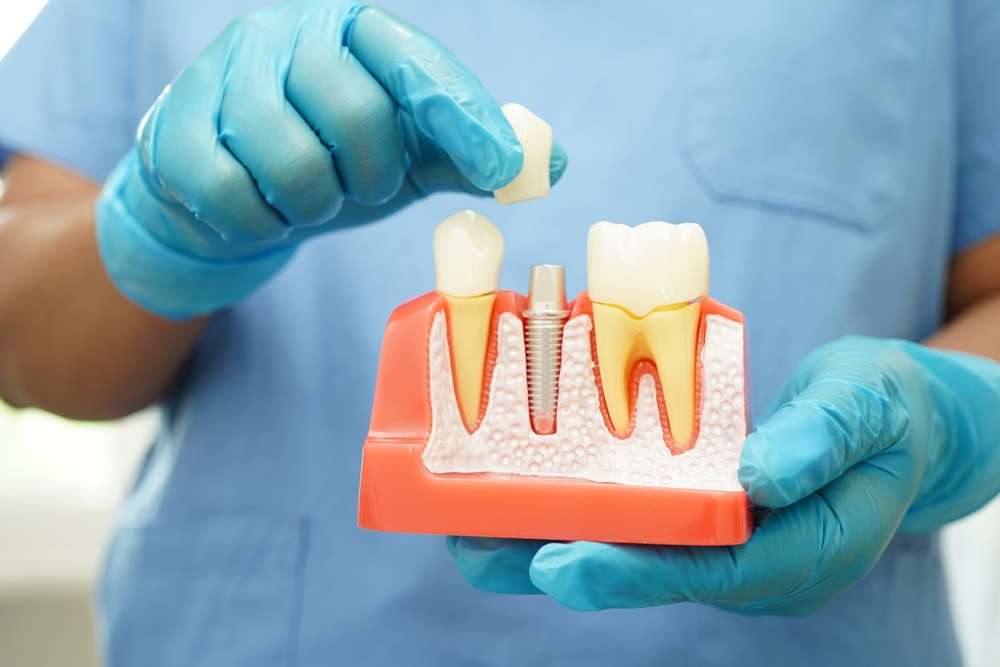Understanding the Science Behind Eye Bags and Their Treatment Options
Eye bags, the puffiness or swellings that occur under the eyes, have been a common cosmetic concern for many individuals worldwide. While these are often associated with aging, other factors such as lifestyle, genetics, and even certain medical conditions may also contribute to their occurrence. Understanding the science behind eye bags and their treatment options is essential for those seeking to maintain their youthful appearance and overall skin health.

Historical Context of Eye Bags
Contrary to popular belief, eye bags are not a modern problem. Ancient Egyptian papyri and Roman medical texts mention remedies for puffy eyes, suggesting that people have been seeking treatments for this condition for thousands of years. The ancient Egyptians used a variety of natural remedies, including crushed leaves and minerals, to treat eye bags, while the Romans used cold compresses and teas made from medicinal herbs.
In the 20th century, as the understanding of human anatomy and physiology grew, the medical community started to recognize that eye bags were not just a cosmetic concern but could also be a sign of underlying health problems. This led to the development of more sophisticated and targeted treatments.
The Science Behind Eye Bags
Eye bags occur when the tissues and muscles supporting your eyelids weaken. This weakening allows fat to move into the lower eyelids, causing them to appear puffy. Additionally, fluid can also accumulate in the space below your eyes, adding to the swelling.
Various factors contribute to the development of eye bags. Aging is the most common one. As you age, the tissues around your eyes, including some of the muscles supporting your eyelids, weaken. Normal fat that helps support the eyes can then move into the lower eyelids, causing them to appear puffy.
Other contributors include lack of sleep, smoking, allergies, and heredity. Certain medical conditions such as hypothyroidism and kidney disease can also cause puffiness under the eyes.
Current Treatment Options for Eye Bags
Today, there are numerous treatment options for eye bags, ranging from simple home remedies to more invasive medical procedures. Home remedies include lifestyle modifications like getting enough sleep, reducing salt intake, and staying hydrated.
For those looking for more immediate results, cosmetic procedures are available. One such procedure is blepharoplasty, a surgical procedure where the surgeon removes excess fat and skin from the lower eyelids. Other non-surgical treatments include dermal fillers, which are injected into the skin to smooth out wrinkles and bags, and laser resurfacing, which stimulates collagen production and tightens the skin.
Eye Bags in the Context of Beauty Trends and Cultural Perceptions
In the realm of beauty and aesthetics, perceptions of eye bags have evolved over time and vary across cultures. In some East Asian cultures, a specific type of under-eye puffiness, known as ‘aegyo sal,’ is considered attractive and youthful, contrasting with Western beauty ideals where smooth, unblemished under-eye areas are preferred.
This cultural difference has influenced beauty trends and the demand for specific cosmetic procedures. In regions where ‘aegyo sal’ is popular, cosmetic procedures to enhance under-eye puffiness are sought after. On the other hand, in Western countries, treatments to reduce eye bags are more common.
The Future of Eye Bag Treatments
As skin care science continues to advance, we can anticipate more effective and less invasive treatments for eye bags. Research is currently underway to develop topical creams and serums that can deliver the same results as surgical procedures, without the associated risks and downtime. These treatments are likely to incorporate ingredients that can strengthen the skin’s support structure and reduce fluid retention.
In conclusion, eye bags are a complex issue that involves both biological and cultural aspects. Understanding the science behind their formation and the various treatment options can help individuals make informed decisions about their skin health and appearance. The future of eye bag treatments is promising, with advances in skincare technology paving the way for more effective and accessible solutions.




